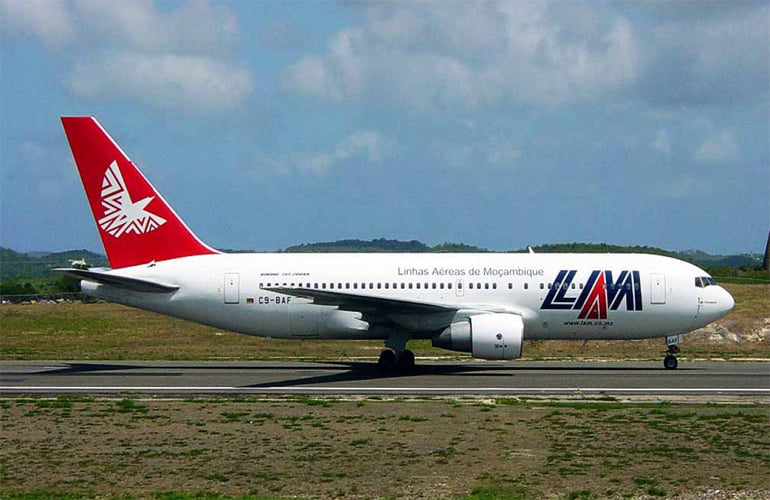Aman launches first Sub-Saharan Africa resort in Mozambique, marking 'historic moment' for nation's ...
Mozambique: Flag-carrier in ‘alarming situation’ – CIP

FILE - For illustration purposes only. [File photo: RM]
The Mozambican non-governmental organisation (NGO) Centro de Integridade Pública (CIP) said on Tuesday that the grounding of the four aircraft operated by Mozambique Airlines (LAM) is a result of the “alarming situation” the company finds itself in.
On Monday, the state-owned carrier announced in a statement “the unavailability” of its four aircraft due to the need for “maintenance,” a situation that led to the “rescheduling of flights”.
In an analysis of the context that LAM is experiencing, CIP believes that the company is facing an “alarming situation” in which it is not generating profits to maintain its operational capacity.
“With an operating cost structure that exceeds its capacity to generate gross profit, the deficit between gross profit and operating costs for 2021 was estimated at 424 million meticais [€6.3 million],” according to the NGO’s analysis.
“LAM is unable to operate the air space due to the lack of sufficient aircraft for that purpose, coupled with low investment and poor maintenance, despite numerous state financial rescue interventions in the company,” the document said.
To maintain its activity, the airline has to hire aircraft, which increased the company’s costs to the state.
Another reason that has contributed to LAM’s failure is the lack of “a guiding framework for salary policies for members of the board of directors.”
The gap is common in the state business sector, allowing companies with negative net results to have a heavy salary structure, the NGO noted.
The CIP stressed that LAM constitutes a risk to public finances as it systematically makes losses for the state.
Last month, Mozambique’s minister of transport and communications, Mateus Magala, expressed optimism in parliament that the company would recover in the short and medium term, saying that it had started to settle its accounts.
Lusa could not get a reaction from the airline on CIP’s analysis.












Leave a Reply
Be the First to Comment!
You must be logged in to post a comment.
You must be logged in to post a comment.